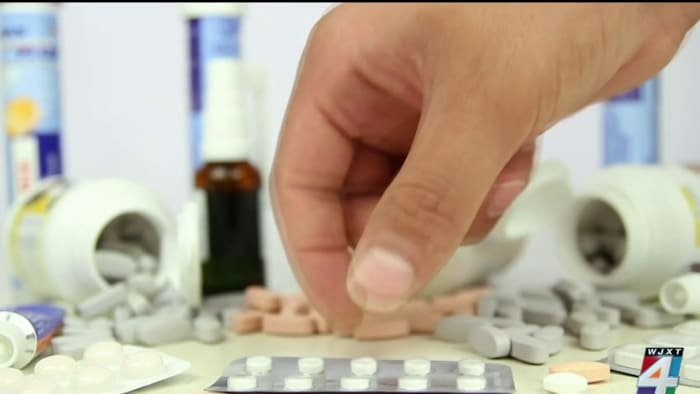Infection
Antibiotic alert: Reducing drug overuse in kids
Whether it’s the sneezes, sniffles, coughs or fevers, we want our little ones to feel better fast … but are antibiotics always the answer?
There’s a growing concern among pediatricians and pharmacists about the overuse of antibiotics in children.
New evidence suggests children are being prescribed antibiotics more often than necessary, potentially creating more dangerous drug-resistant infections. In fact, the World Health Organization estimates at least 2.8 million antibiotic-resistant infections occur each year in the U.S., leading to over 35,000 deaths.
“The biggest misuses of antibiotics in children are really for viral infections,” said Dr. Jared Olson, a pharmacist with Infectious Diseases at Intermountain Health’s Primary Children’s Hospital in Salt Lake City.
But do you know the difference between a bacterial infection and a virus? For example, strep throat is a bacterial infection. Colds are a virus.
Olson has a warning for patients about antibiotics.
“They come at a cost that’s in side effects. So, some of the most common side effects that we see with antibiotics are diarrhea and also rashes that are relatively minor,” Olson said. “But we can also see really serious adverse events such as allergic reactions that require hospitalizations.”
Over the past decade, the Centers for Disease Control and Prevention reports antibiotic prescriptions for children have increased by 50%. And that overuse is creating more drug-resistant organisms.
“It’s become really concerning recently because we don’t have a lot of new drugs that are being developed,” Olson said.
New research shows that if your child does need antibiotics, shorter durations are just as effective as longer durations. And parents can do their part by not insisting on antibiotics for every illness.
A study in the Journal of Pediatrics reveals that almost 50% of doctor visits for respiratory infections resulted in antibiotic prescriptions, despite the doctors telling the parents it would not help.

